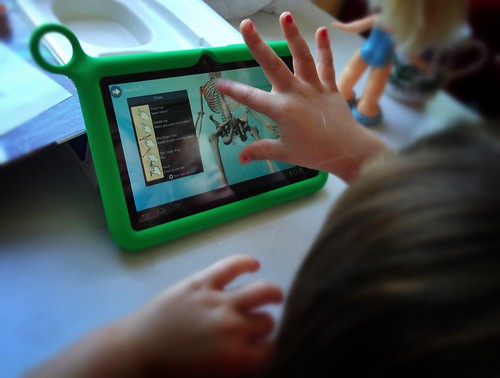iGoogle allows you to personalize your Google search page. You can make somewhat of a "board" of all of the pages you're interested in. For my iGoogle search page, I will have websites for sponge activities, YouTube for subject relatable videos, a section for news, and maybe some educational games. I think this would be an easy and convenient tool to use, especially since I find that Google is the best search engine to use. I can also add gadgets, or widgets, to my iGoogle. In an article by Sandra Lawrence, I found that the podcast player, dictionary, and world webcam are gadgets I could add to my iGoogle for classroom use (Lawrence).
Cyberbullying is not an unknown term. Cyberbullying is the act of stalking, harassing, and threatening using one's mobile device. The main target of cyberbullying are LBGT students. Studies have shown that students who are being cyberbullied are twice as likely to turn to abusive substances (pg 122). As a teacher, we may not get to see cyberbullying with our own eyes, but there are ways that we can help prevent this issue. Along with many other teachers, I will have a zero tolerance policy towards bullying of any type. Social media has sky rocketed over the past decade. Many teens post personal information on their social media sites. I will tell my students the importance of keeping their accounts private. Offering consistent support is also important.
It's an unappealing statistic that in a twenty year span, the number of 17 year olds that read for fun went down about 13%. It's obvious that most children and young adults spend a lot of time of in Internet. I agree with the text that using mobile devices like an e-book or e-reader, students will be able to skillfully navigate through the web and retrieve information that will better prepare them for the real world (Maloy et, al). During some classroom observations, I've noticed students using their e-readers instead of text books. I think the use of e-readers is more convenient than having textbooks because a student could have all books in one e-reader. If technology doesn't fail, e-books would be something to use for a more efficient classroom.
As a future educator, we have no choice but to keep up with the advancing technology era. We have to keep up-to-date so we can we a helping hand for our students. There are many pros and cons with technology that we have to be mindful about. We know that technology can transform the classroom, The disadvantages are cyberbullying and that people are more attached to social media and being on their mobile devices. More time spent on the Internet leads to less time spent reading. Yes we want our students to skillfully use technology but not lose reading skills.
Resources:
Alaimo, A (2015, September 27). Digital Blog Post D. Created with
http://flipquiz.me/u/averyalaimo/chapter-5-terms
http://flipquiz.me/u/averyalaimo/chapter-5-terms
Maloy, R., O'Loughlin, R., Edwards, S., & Woolf, B. (2013). Transforming Learning with New
Technologies. 2nd Edition. Boston, MA: Pearson Education Inc
